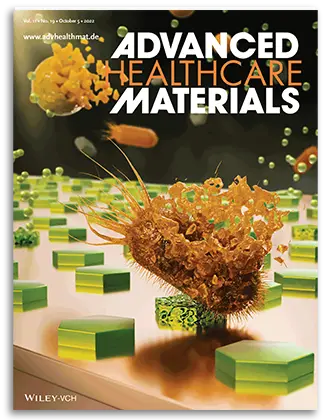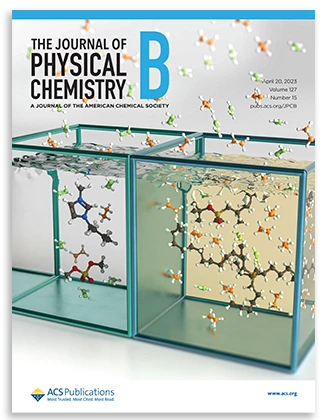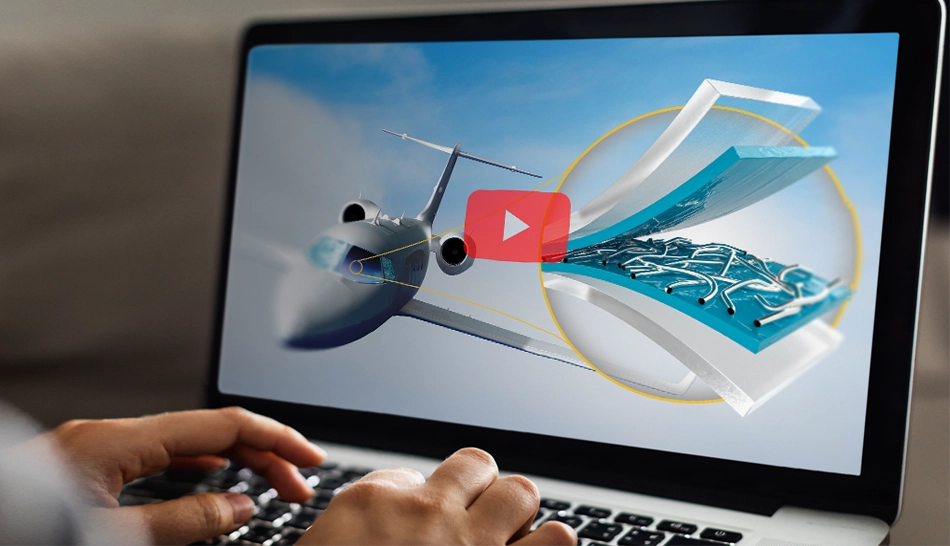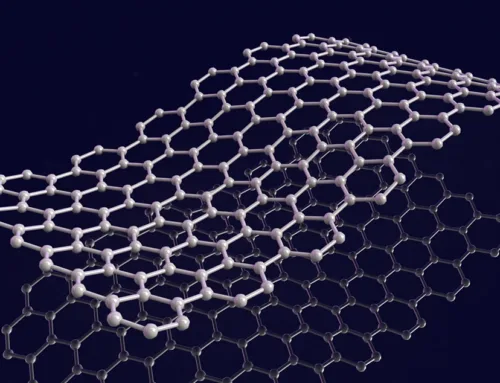Social media, a product of 21st-century technology, refers to online platforms and websites that allow users to produce, share, and engage with information such as text, photographs, videos, and links. These platforms enable users to connect with others, develop connections, and interact through numerous functions such as chatting, commenting, liking, and sharing. Popular social media networks include Facebook, Instagram, Twitter, LinkedIn, and YouTube and we discuss the application of social media in chemistry education in this blog.
The benefits of social media in chemistry education
The tremendous development and interest in social media usage indicate that these technologies are critical in our everyday lives, including teaching and learning. Social media has the potential to be used as chemistry learning media. Videos on social media may be an excellent resource for improving chemistry instruction. They may give visual demonstrations of chemical processes, experiments, and concepts, making them an excellent adjunct to standard classroom instruction. Furthermore, social media platforms have a broad reach, allowing instructors to communicate with a wider audience and increase chemical interest.
Using social media in chemistry teaching can also help students become more engaged and accessible to the subject. Short, instructive films can help students understand complex concepts by simplifying them and making them more relatable. Furthermore, these films may be shared and debated among students, promoting collaborative learning and critical thinking.
Chemistry education in YouTube

In 2014, David K. Smith reported his research about using YouTube as an education and outreach tool for chemical teaching. In this study, the active usage of YouTube as an interactive educational tool was developed for undergraduate students, and in a module centered around polymer chemistry, students could create a YouTube video instead of a traditional magazine-style article. The results of this research confirmed that the students who make videos (YouTube) have more fun than those who write articles. They also enjoy more educational benefits, such as increasing creativity, developing public engagement and presentation skills, and even becoming empowered as educators in their own right.
In summary, using social media videos in chemistry education can enrich learning experiences, promote interest in the subject, and facilitate greater student engagement. However, it’s crucial to maintain educational standards and emphasize accuracy when leveraging social media.
How to order educational videos or figures?
Unfortunately, most researchers lack expertise in visual media. In this regard, collaborating scientists and graphic design experts can facilitate the process of creating educational figures and videos. In order to make videos and use them in social media or supporting information of a scientific article or your website, you can send your request directly on Inmywork studio services.
Recent Journal Cover Designs













Leave a Reply